After selling my DJI Mavic Pro in 2018, I didn’t ever expect to buy another drone. I was barely using my Mavic Pro and the introduction of world wide drone rules and regulations put me off from buying another drone, admittedly, I wasn’t really paying attention to new Drones which were being released.
This all changed when I was running a workshop in Italy earlier this year. One of the participants took a tiny little drone out of his camera bag and launched it to get a more interesting perspective of the scene. The tiny drone he had was the DJI Mini 2. I couldn’t believe how small and lightweight drones had become, and with workshops in Tuscany, Iceland, and the Dolomites quickly approaching, I began researching the DJI Mini 2.
As soon as I had made my mind up and decided to buy the DJIMini 2, DJI launched the Mini 3 Pro, which made the decision a little more challenging. After much deliberation, I decided to get the DJI Mini 3 Pro, and bought it as soon as it became available in Malta, luckily, just 2 days before my workshop in Tuscany was due to start.
The original DJI Mavic Mini was released in the summer of 2019, and that was followed in 2020 by the DJI Mini 2, which had better video resolution (4K) alongside other improvements. But it's the Mini Pro 3 that really brought the 'wow' factor to the world of drones below the 250g weight limit.
The main factors that changed my mind about drones and led to my buying the DJI Mini 3 Pro are it’s size and weight. It is incredibly small and lightweight, meaning it is easy to carry on expeditions and barely takes up any room in my camera bag. It’s also pretty impressive that despite the tiny size, DJI has managed to include a proper obstacle avoidance system and the camera captures 48MP Images. In my opinion, this makes it one of the best drones for beginners and experienced drone pilots alike.
DJI has introduced a completely new image sensor for the DJI Mini 3 Pro. This is not just an incremental upgrade on the sensor in the DJI Mini 2, it’s a completely new sensor. Although this sensor is not as good as the sensors found in the DJI Mini 3 Pro’s bigger brothers like the DJI Air 2S or DJI Mavic 3 Pro, it’s still pretty awesome!
The new sensor is a 1/1.3-inch CMOS sensor that performs very well in low light. At this point, I feel it’s important to note that while DJI states the Mini 3 Pro captures 48 Megapixel images, the native resolution of the sensor is actually 12Megapixels, but since the sensor is a Quad Bayer Sensor, the effective resolution is 48 Megapixels. The Quad Bayer structure means four adjacent pixels are clustered with the same-color filters. In this way, high sensitivity and high resolution can be achieved in one sensor.
DJI have also improved the glass of the DJI Mini 3 Pro compared to previous models, giving it a maximum aperture to f/1.7.
DJI Mini 3 Pro Specifications:
Sensor: 12.1MP 1/1.3in CMOS (Extendable to 48 MP)
Video/max frame-rate: 4K/60p, 2.7K/60p, 1080/120p
Max bit-rate: 150Mbps
Stabilization: 3-axis gimbal
Transmission: Ocusync 3
Fixed Aperture: f/1.7
True Vertical Shooting
Gimbal Tilt: -135* to 80*
D-Cinelike Color mode
Max flight time: 34 mins
Weight: 249g
Dimensions (folded): 145 x 90 x 62mm
Dimensions (unfolded): 171 x 245 x 62mm
One of the best features of the new DJI Mini 3 Pro is the ability to rotate the camera 90 Degrees into portrait mode. This is a real game changer, as previously you would need to stitch multiple images together into a vertical panorama to be able to achieve the same results.
In the US and Australia, you can buy the DJI Mini 3 Pro with the ‘Plus Battery’, this increases the flight time from 34 minutes to a mightily impressive 47 minutes, the only drawback is the heavier battery means the drone no longer weighs less than 250 Grams, negating most of the advantages of the DJI Mini 3 Pro and introducing the requirement for registration/license/insurance (Depending on which country you operate the drone in).
In a nutshell, what you get with the Mini 3 Pro is many of the features and capabilities of higher-spec drones like the DJI Mavic Air 2, in a drone that remains below 250 grams of weight, ensuring it doesn't need to be registered in many regions. This is a truly impressive feat!
I will be honest, there is a steep jump in price between the Mini 2 and Mini 3 Pro. Although you get loads of new features and better quality with the Mini 3 Pro, this price hike has taken away some of the appeal of the DJI Mini 3 Pro.
The DJI Mini 2 Flymore Combo is currently on sale for 599 EUR, the DJI Mini 3 Pro and Flymore Kit (Not available as a bundle) are on sale for 829 EUR and 189 EUR respectively. This is a price hike of over 500 EUR or 41%. The DJI Mini SE Flymore Combo is just 399 EUR, thats 60% cheaper than the DJI Mini 3 Pro.
This price hike has also put the DJI Mini 3 Pro just a few Euros shy of the DJI Mavic Air 2.
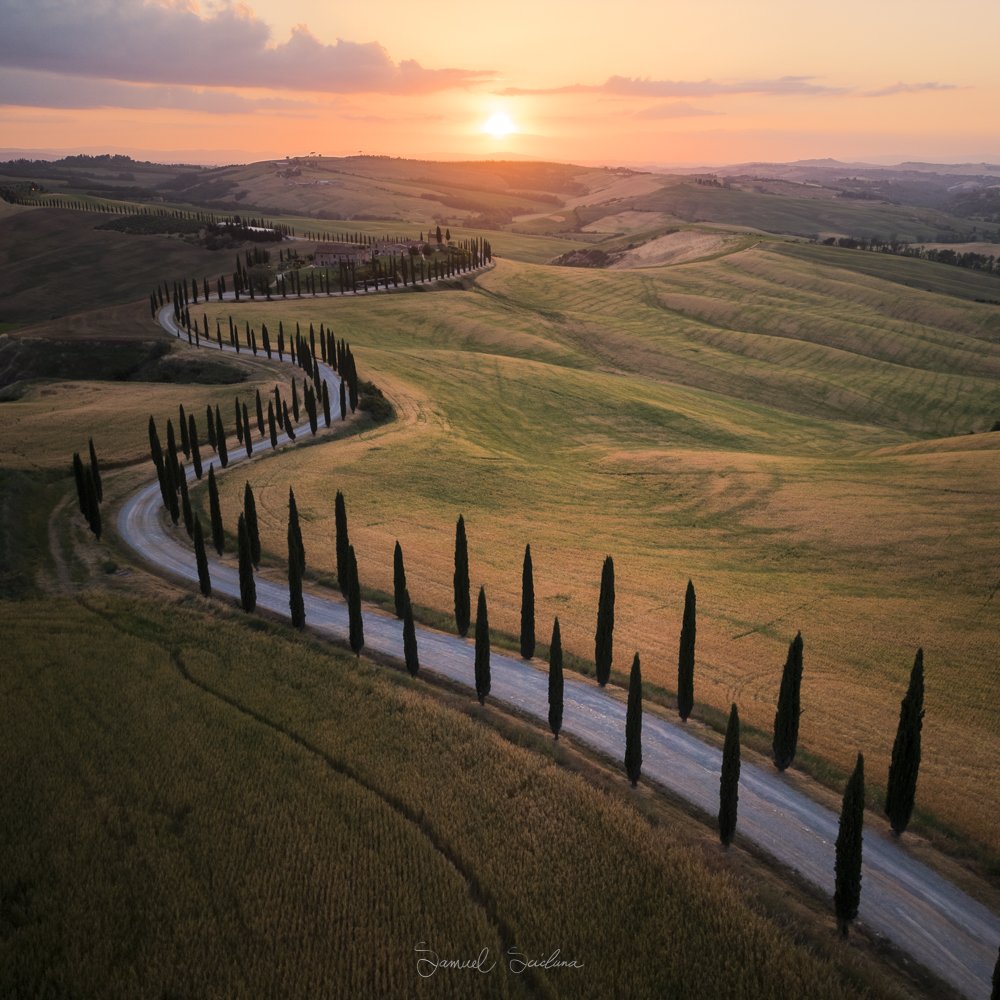
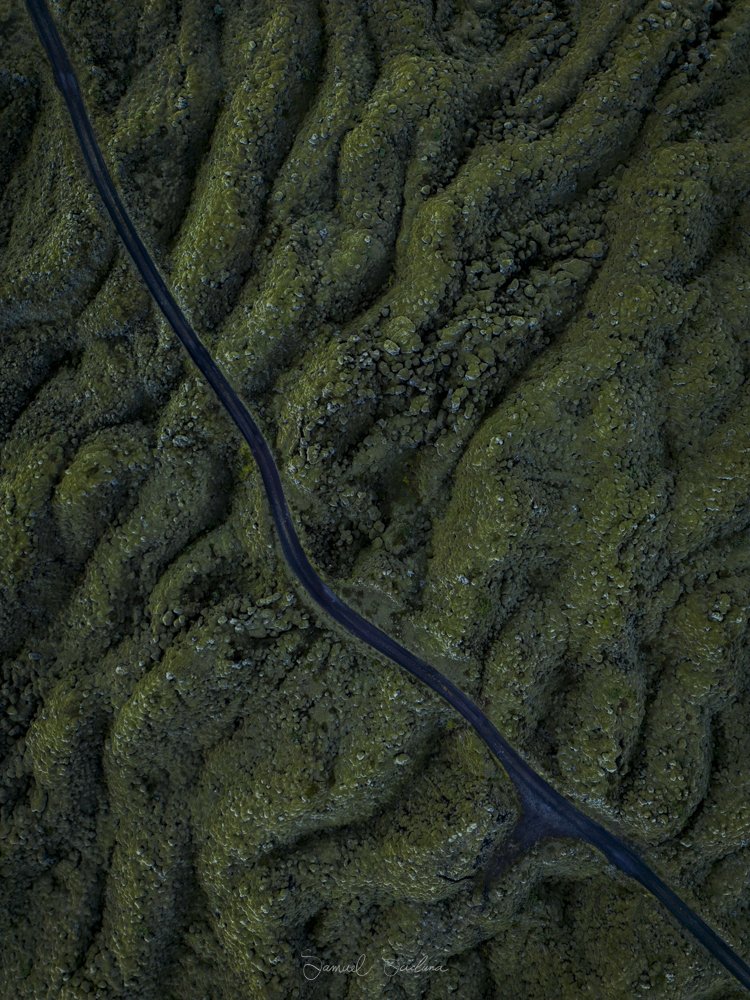
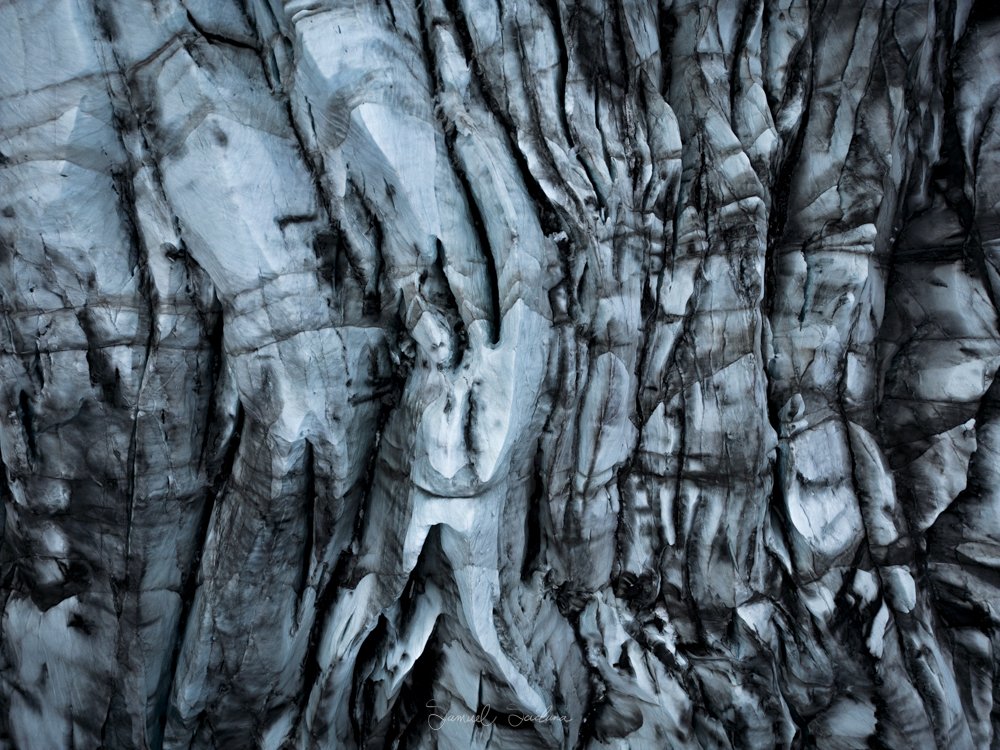
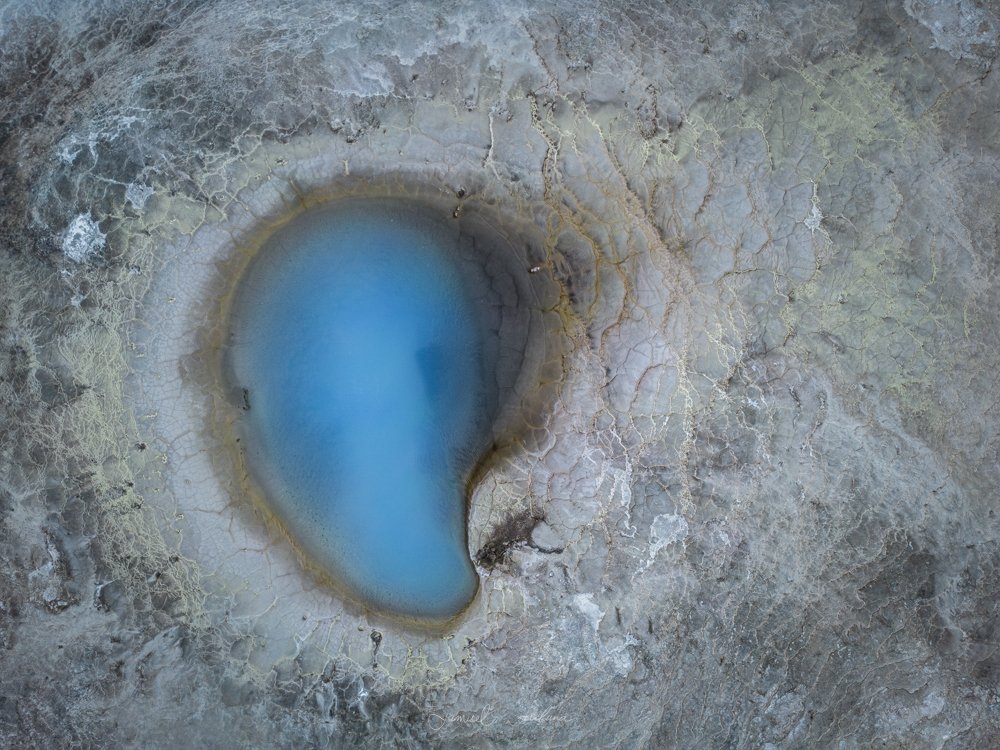
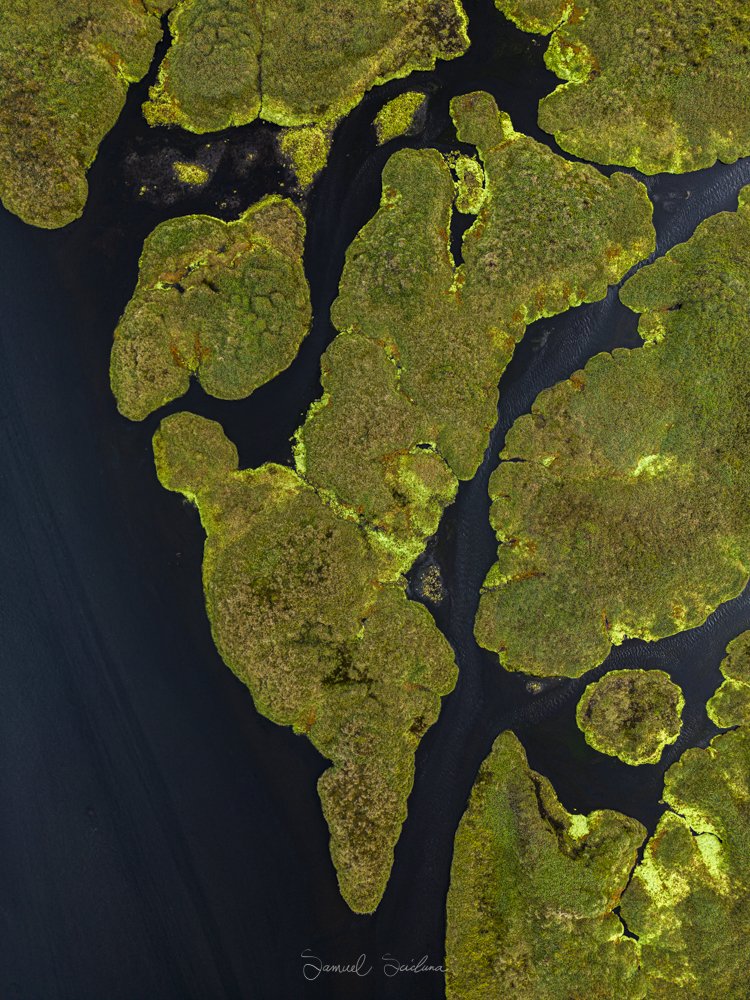

The DJI Mini 3 Pro is available in the following 3 different configurations:
The most basic option is the Mini Pro 3 with no controller, this costs 739 EUR / 639 GBP / 669 USD. Naturally, this option is aimed at users that already own a DJI RC-N1 controller.
The second, and the option I chose, is the standard kit (829 EUR / 709 GBP / 759 USD), which includes a DJI RC-N1 controller.
If you want the brand new DJI RC Smart Controller, though, you'll need to go for the third and most expensive bundle, which costs 999 EUR / 859 GBP / 909 USD.
All of the configurations include a spare set of propellers, a screwdriver to mount the propellers, an Intelligent Flight Battery, a gimbal guard, and a USB-C cable. The standard configuration also includes cables to connect the controller to your smartphone.
The DJI Mini 3 Pro Fly More kit (Which just includes spares / accessories) is available, and offers good value for money when compared to the individual prices of the included accessories. This includes two Intelligent Flight Batteries, a three-battery Charging Hub, two sets of propellers, and a Shoulder Bag. The Fly More Kit costs 189 EUR / 159 GBP / 189 USD. There are additional DJI accessories available too, such as ND Filters and the RC-N1 tablet bracket.
The standard kit comes with the DJI RC-N1, which is the same controller that you get with the Mavic 3, Air 2S, Mavic Air 2 and Mini 2. This controller features a built in phone holder, but no screen. The new DJI RC Smart Controller offers a large, clear 5.5-inch touchscreen with a 700-nit brightness, and weighs in at 390g. This is slightly heavier than the combination of an RC-N1 Controller and an iPhone 11 Pro Max, but importantly it offers a faster set-up, as you only need to screw in the thumbsticks in order to start flying.
Flight Modes
The DJI Mini 3 Pro offers three flight modes, these are Cine, Normal and Sport – these have become standard across most DJI Drones.
Specs for each of the Flight Modes
Cine Mode provides a slower flight speed with less sensitive controls for smoother cinematic video footage.
Normal Mode is the most commonly-used mode and the easiest mode in which to fly, especially for beginners or people who dont dfly drones frequently.
Sport Mode is the fastest mode, as a result of this, battery life suffers significantly and collision avoidance is turned off.

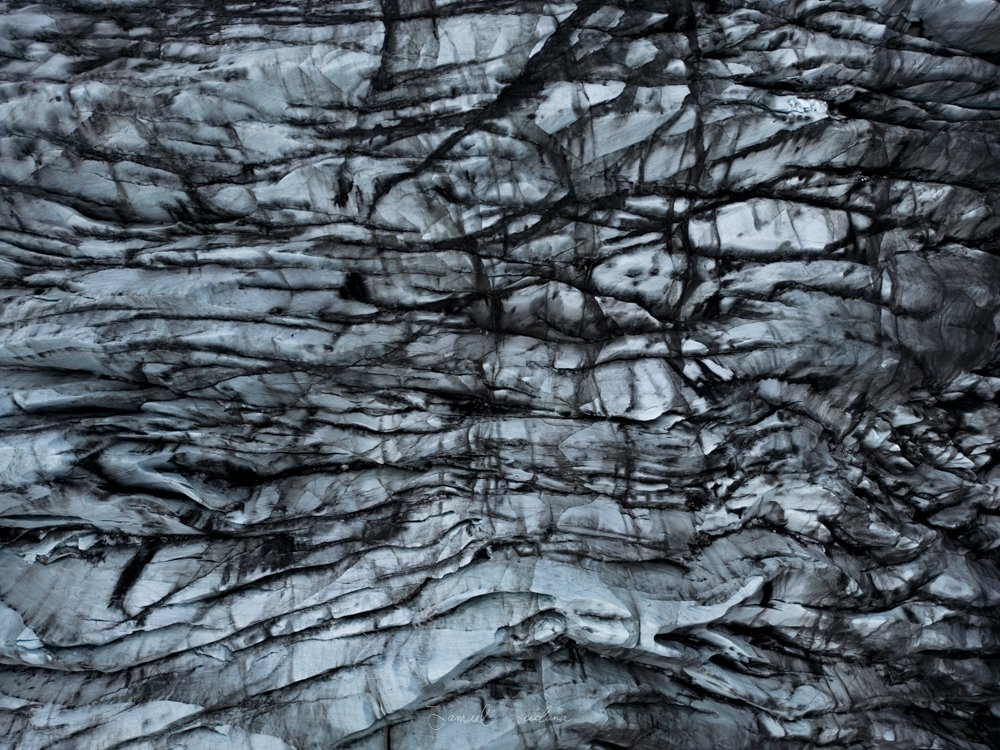
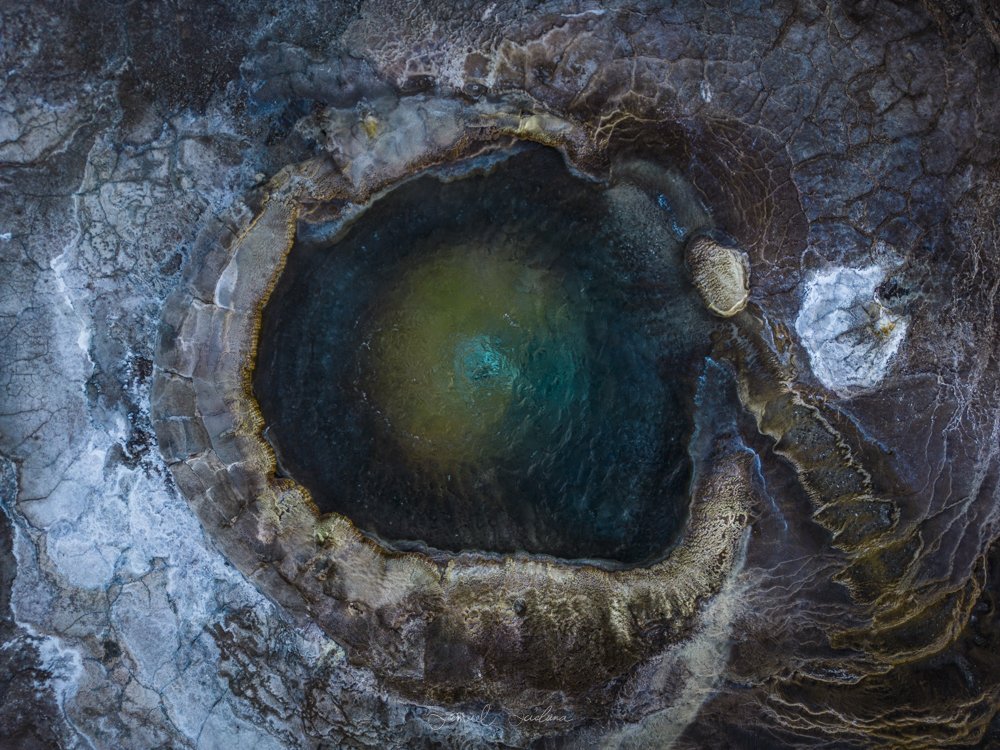

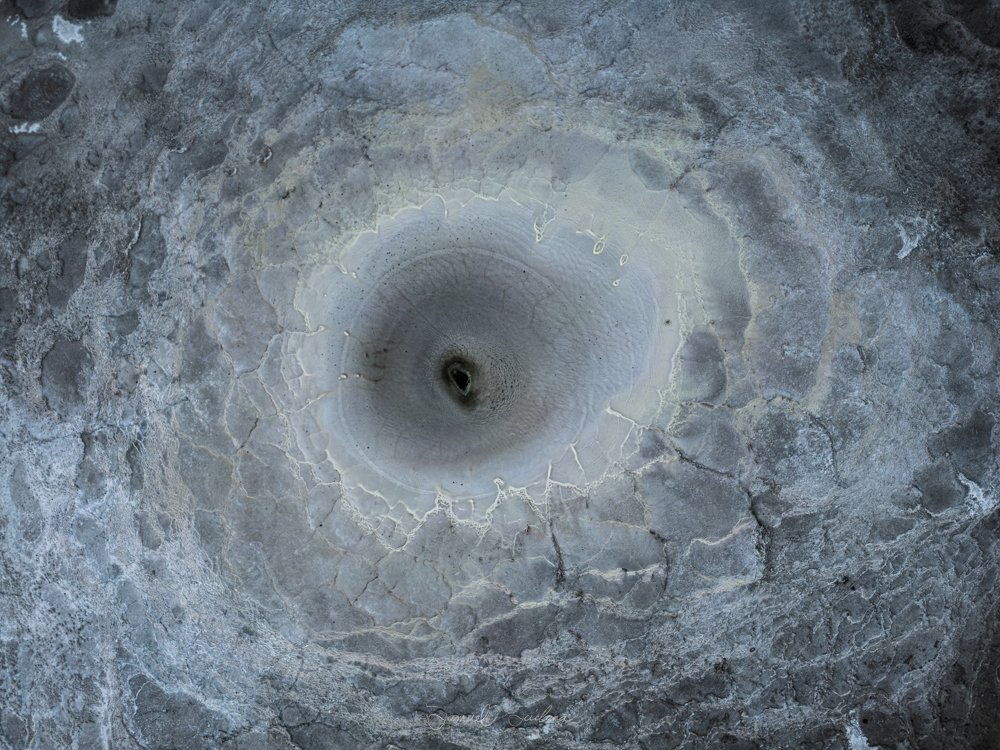
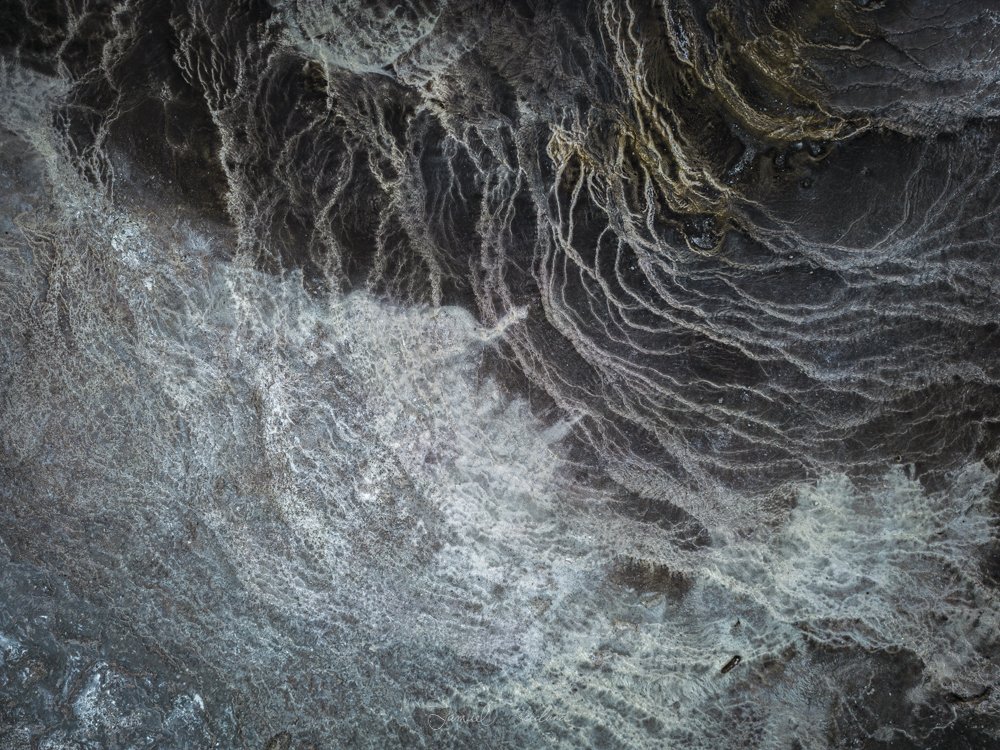

Despite its small size and lightweight build, the DJI Mini 3 Pro is able to withstand winds of upto Force 5 (24 MPH / 38KMH). I tested this in Iceland (Its always windy in Iceland) and I’m happy to report that the DJI Mini 3 Pro performs surprisingly well in these conditions, when flying in wind, ensure you allow an additional safety margin in terms of battery life to return home, as the drone will burn through more battery life when going against the wind.
Another handy feature is ‘QuickTransfer’. This enables you to share your images and videos instantly. This is possible because the DJI Mini 3 Pro supports high-speed Wi-Fi downloads at up to 25 Mbps.
The single biggest improvement compared to the Mini 2 and Mavic Mini are the introduction of the tri-directional obstacle avoidance system, which uses forward, backward and downward-facing sensors to help prevent messy situations.
QuickShots are automated flight patterns that let you shoot dynamic video with ease and, on the Mini 3 Pro, they're now available on a Mini-series drone for the first time. Even better, there's also now subject-tracking thanks to the FocusTrack Suite, which gives you options for tracking moving subjects, autonomously flying around static subjects, or keeping a subject in the frame while you manually fly the drone. All of these modes work well, and are very welcome additions.
48MP shooting is undoubtedly a welcome feature that extends the possibilities of the camera, although when you're shooting in this mode you're unable to use AEB (Auto Exposure Bracketing), Burst or Timed Shot mode. When you use these, the resolution is set to the standard 12.1MP, but you can use Adobe’s Super Resolution in Lightroom and Adobe Camera Raw to increase the size of these raw files if you need to.
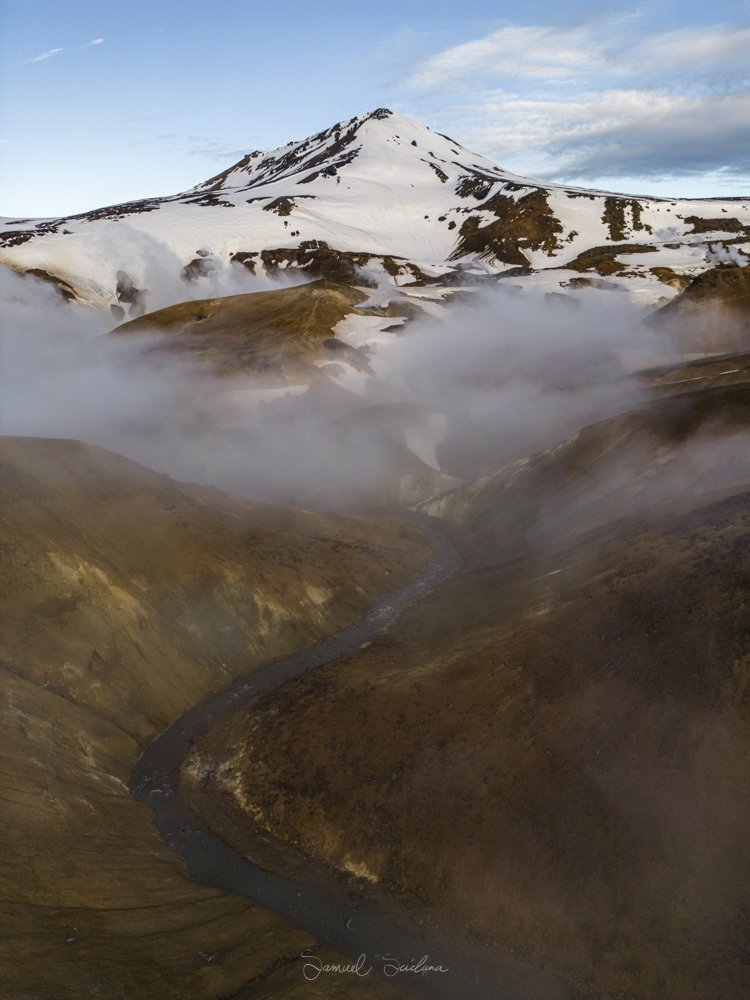

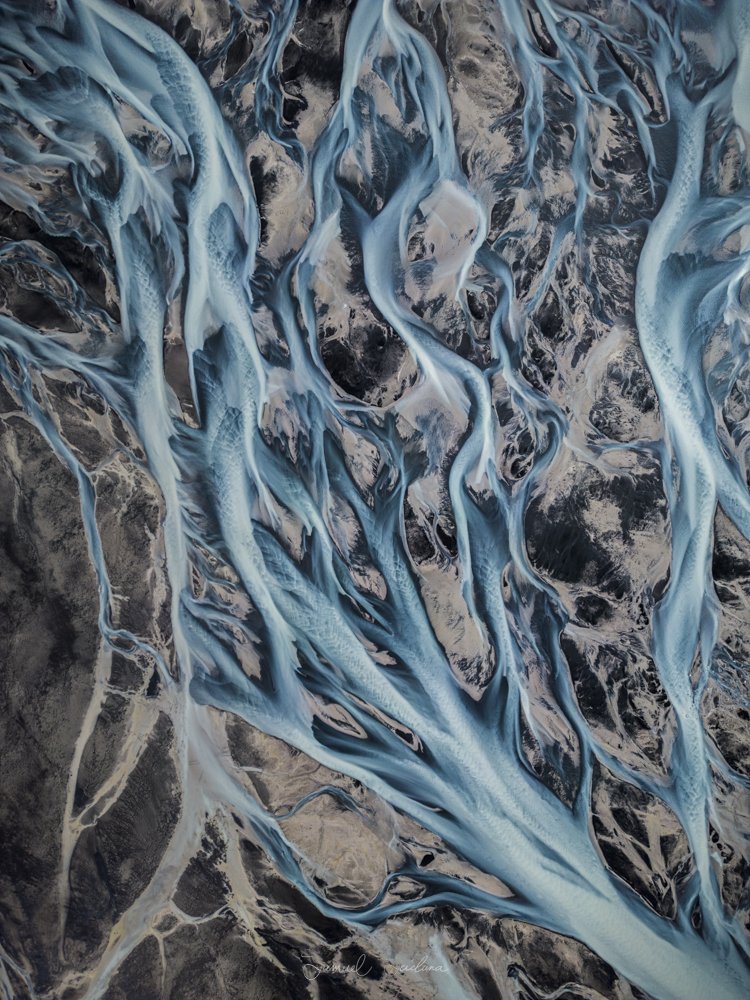
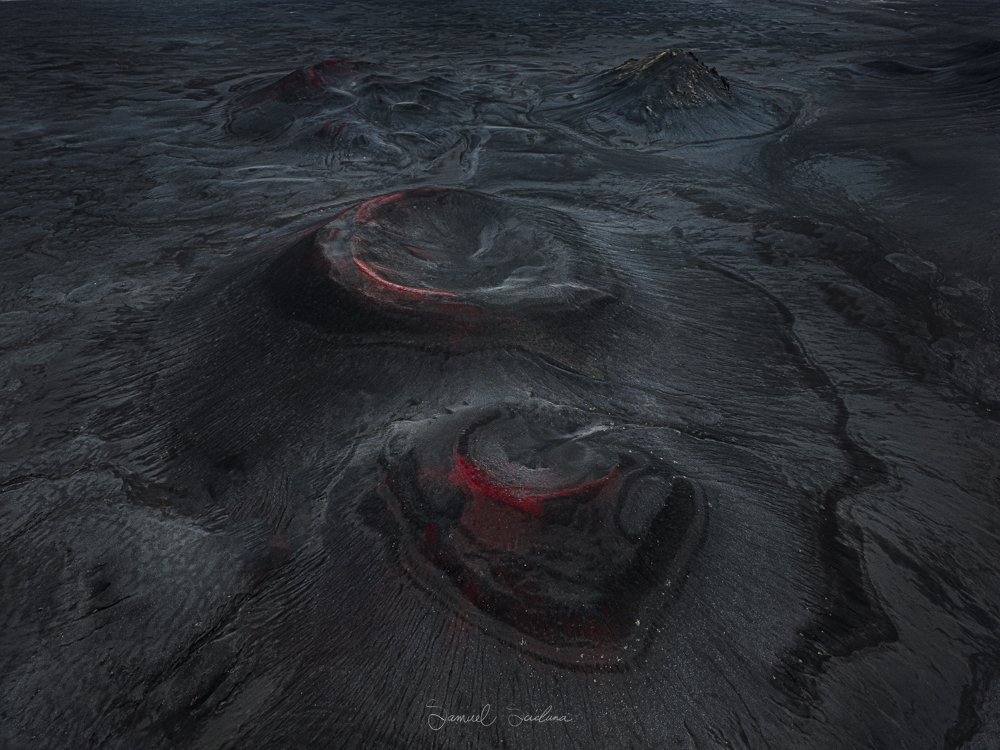
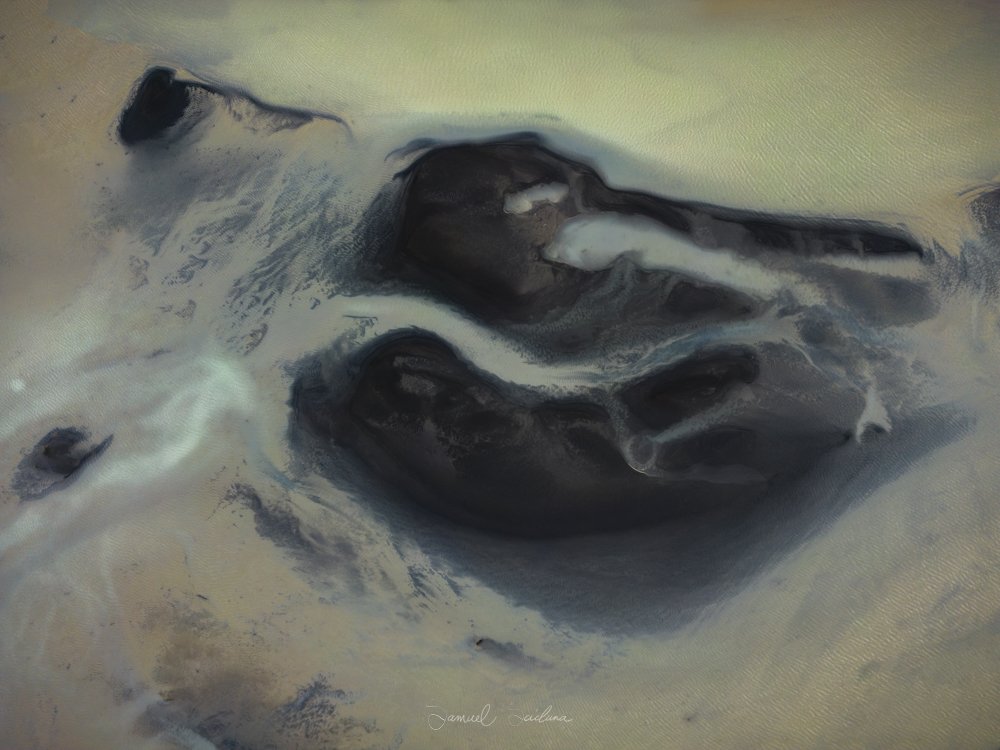
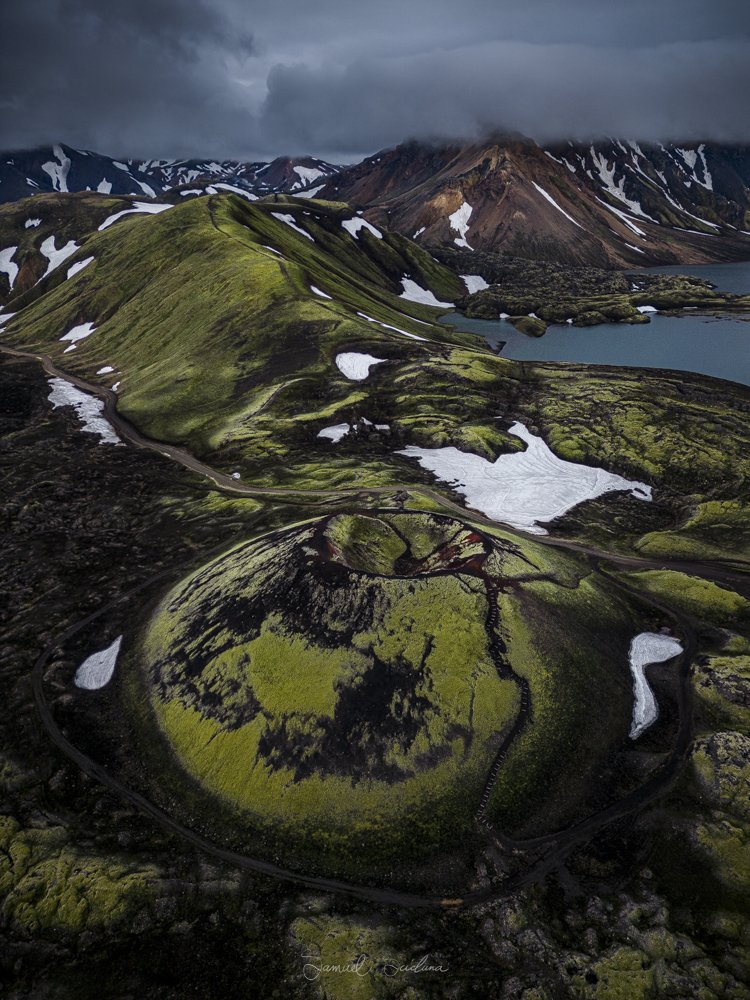
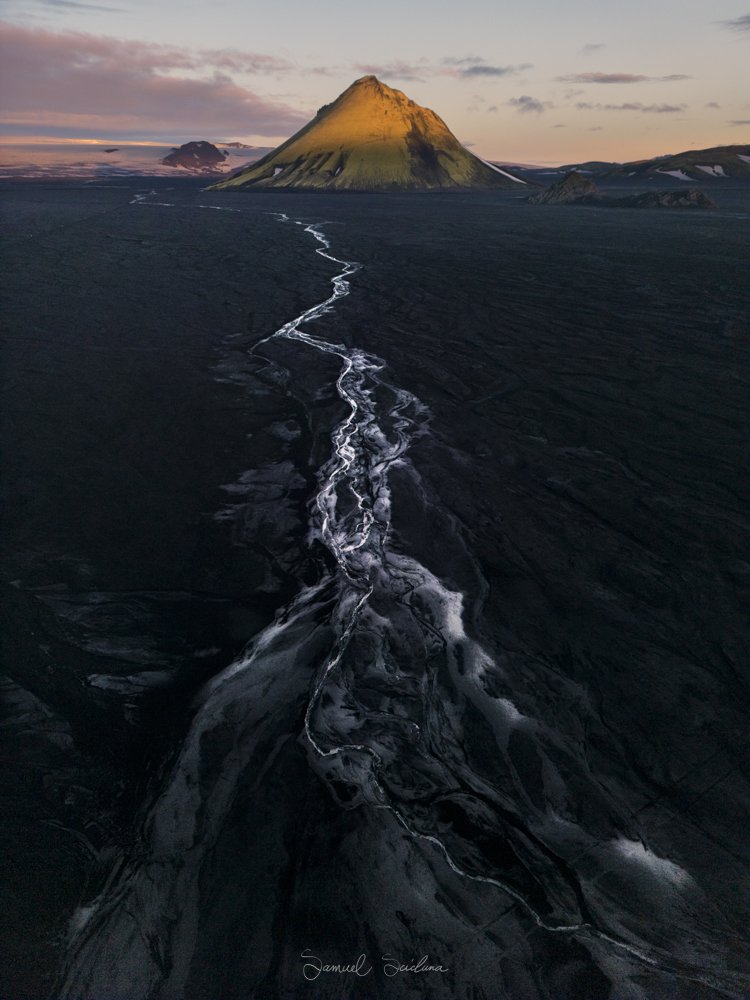
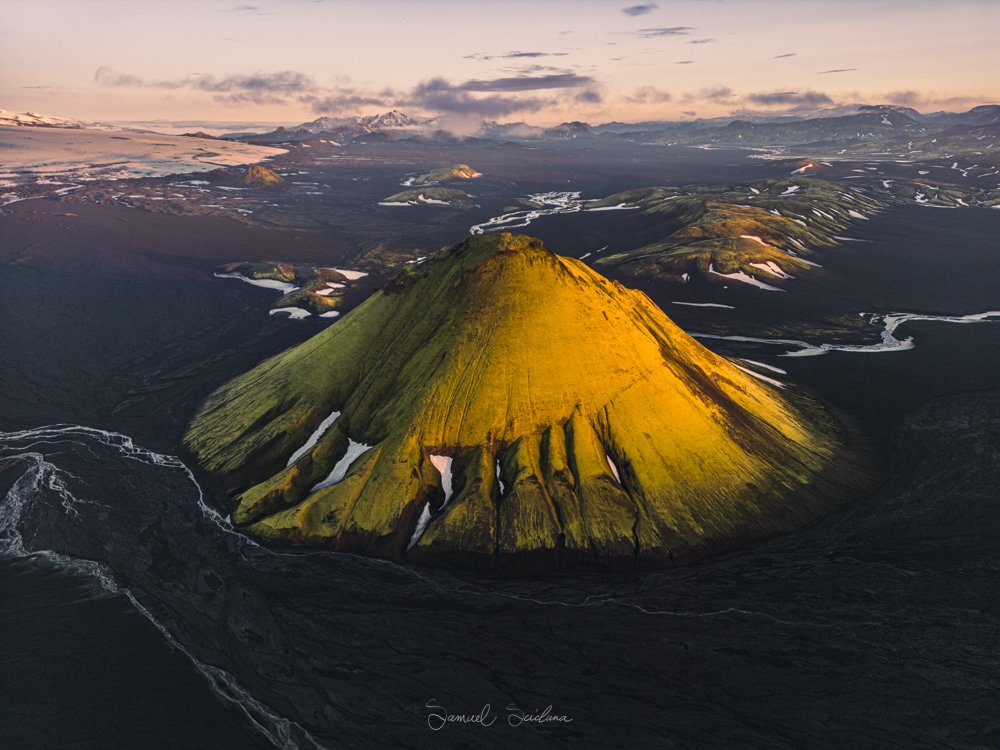
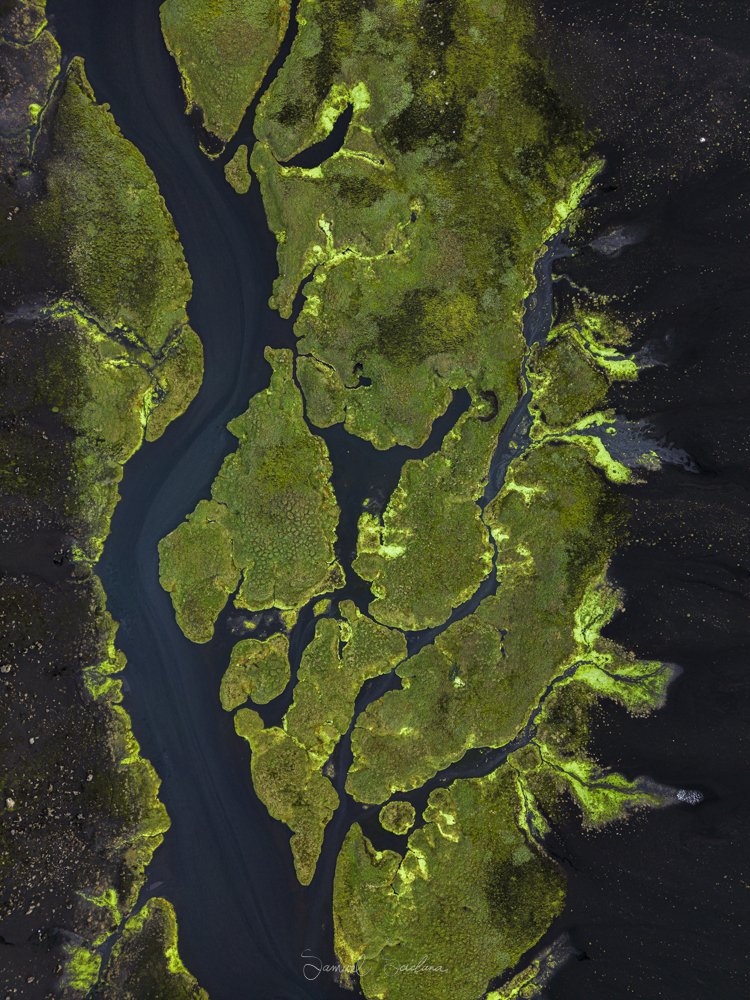
Intelligent Flight Modes
The DJI Mini 3 Pro has a great variety of automated/intelligent flight modes, these make it super easy to capture epic hero shots of yourself or your subject in the field. These flight modes include:
Master Shots
This is a group of automated flight maneuvers the Mini 3 Pro will perform while also capturing video at the same time. Once the flight maneuver is completed you will be left with a fun cinematic video to share and integrate into your projects. This series of flight modes is great for folks just learning how to fly.
Focus Track
This will allow you to track and follow subjects flawlessly with very little user input. The three options for a flight when piloting in the FocusTrack flight mode include ActiveTrack 4.0, Spotlight 2.0, and Point of Interest 3.0.
Hyperlapse
This allows you to capture those beautiful rolling clouds and moving cars with a drama-induced ‘high speed” effect that previously required a high level of piloting and video editing skills. With very limited input you now get the perfect hyper lapse video straight from the Mini 3 Pro.
Digital Zoom
This mode enables you to maintain a safe distance whilst still inspecting and capturing the asset or point of interest.
Pros:
Impressive low-light performance
Tiny size and below 250 Grams weight
Tri-Directional obstacle avoidance
Easy to handle and use (Great for beginners)
Handy automated flight modes
Good flight time (Especially if you can get the larger batteries - US Only)
Cons:
Significantly more expensive than previous DJI Mini models
Often needs calibrating
Flymore Kit is sold separately (And does not include as many goodies as previous versions).
The body feels cheap and flimsy (As should be expected considering the weight)
Final Thoughts
The DJI Mini 3 Pro is a great piece of kit, it’s small and light enough to always carry with me, whether on a hike or traveling on a plane. The 48MP Images are surprisingly good quality and the A2-sized (42.0 x 59.4cm / 16.53 x 23.39 inches) test prints I have done are absolutely stunning!




